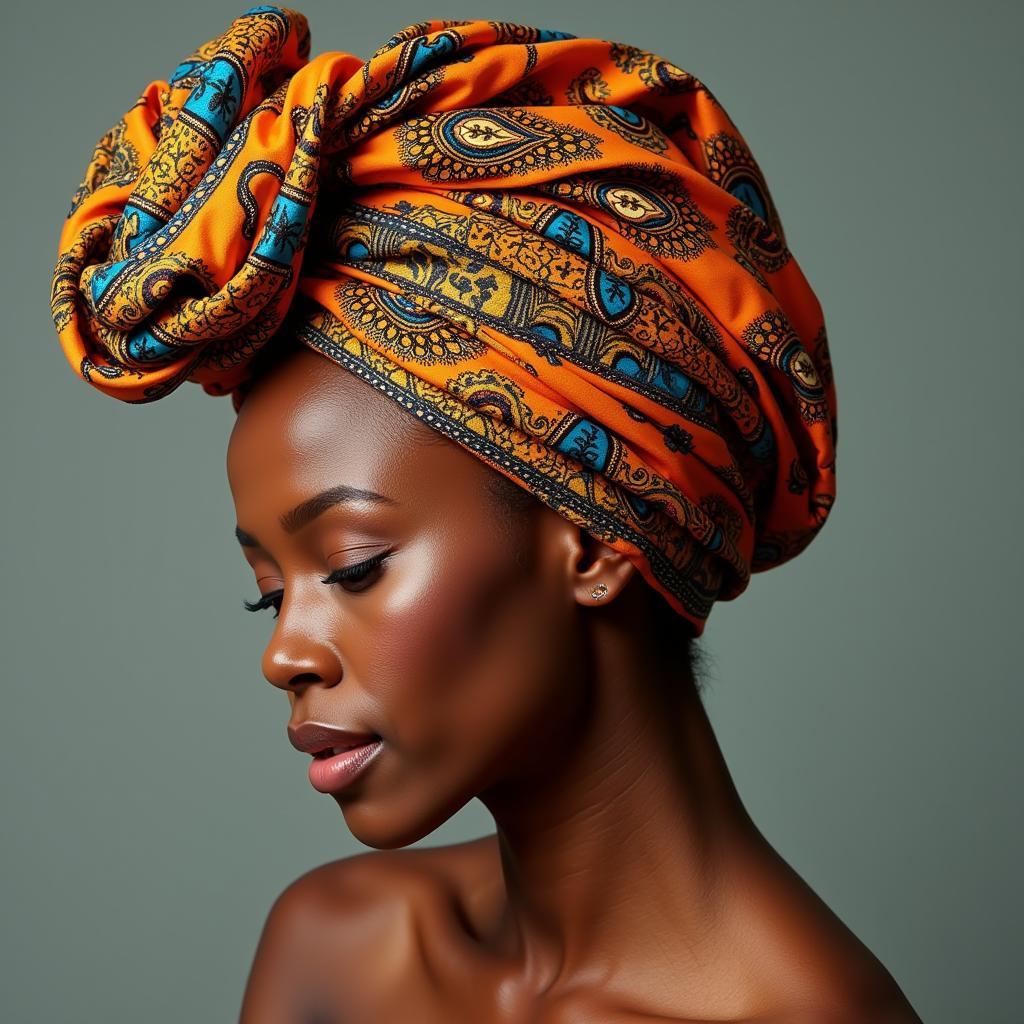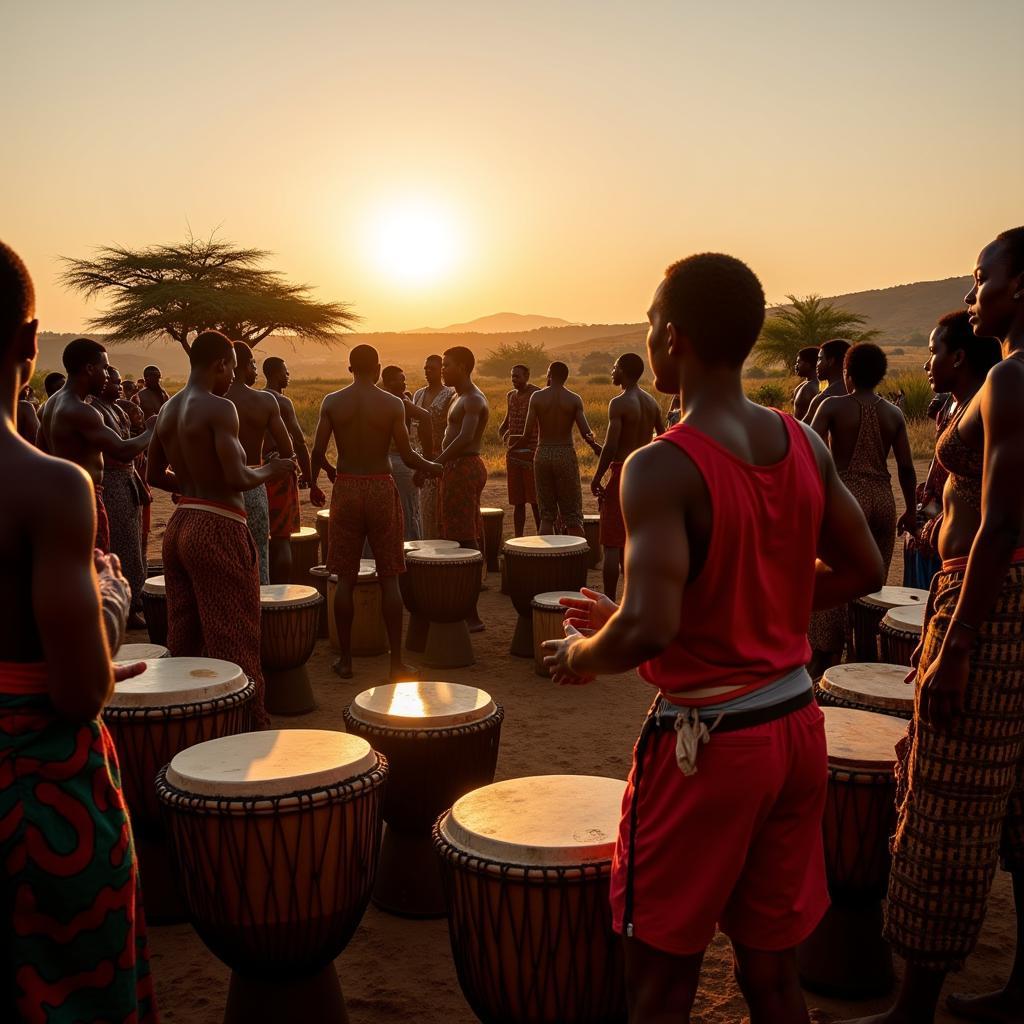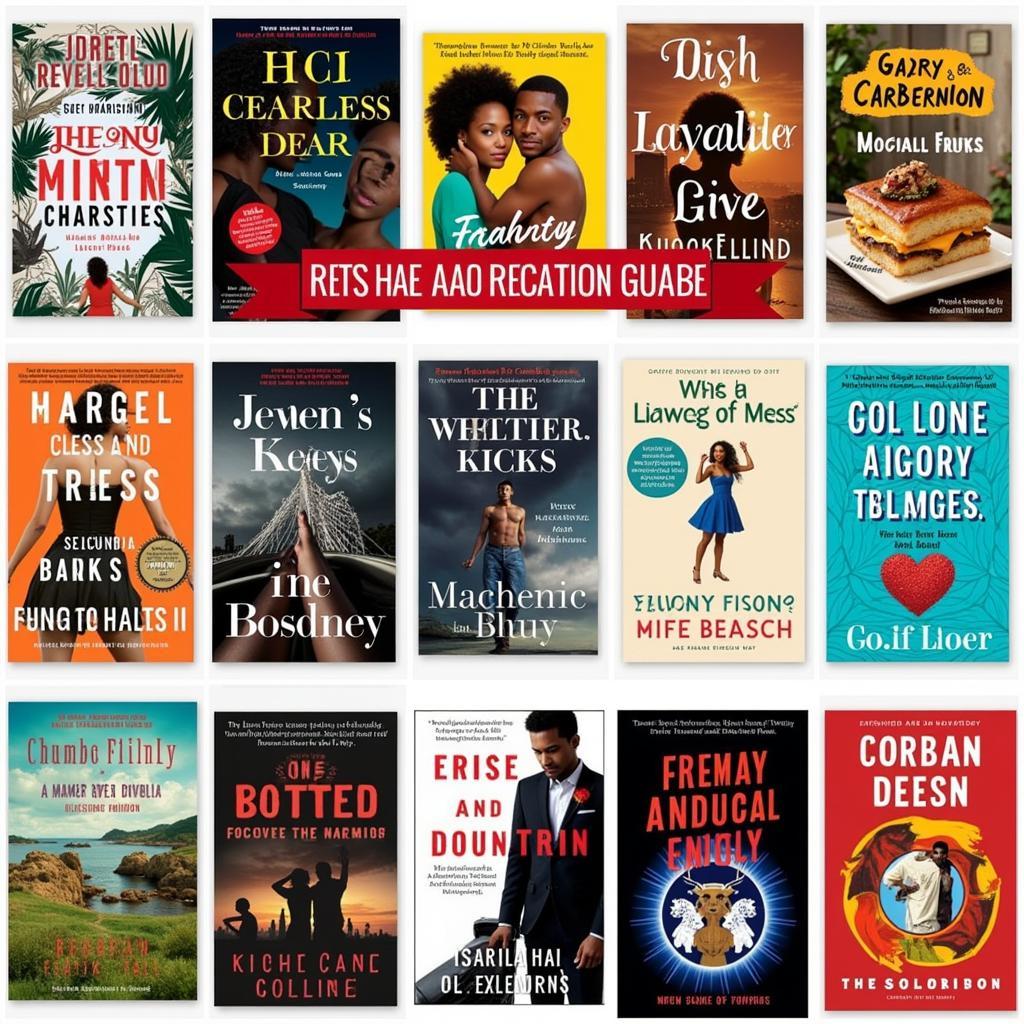African Garment Names: A Colorful Tapestry of Culture and Style
From the flowing boubous of West Africa to the intricate beadwork of Maasai attire, African Garment Names offer a glimpse into the continent’s rich cultural heritage and diverse fashion traditions. More than just pieces of clothing, these garments tell stories of ancestry, social status, and artistic expression, passed down through generations.
Unraveling the Threads: Exploring Traditional African Garment Names
Across Africa’s 54 countries, a vast array of traditional garments reflects the continent’s incredible diversity. Let’s embark on a journey to uncover the stories behind some of the most iconic African garment names:
1. Kente (Ghana)
Synonymous with Ghanaian national pride, Kente is a handwoven cloth renowned for its vibrant colors and intricate geometric patterns. Each pattern holds symbolic meaning, representing proverbs, historical events, or social status. Crafted from silk or cotton, Kente is worn by both men and women for special occasions, signifying prestige and cultural heritage.
2. Boubou (West Africa)
Flowing and elegant, the boubou is a long, loose-fitting robe widely worn in West African countries like Senegal, Gambia, and Mali. Often made from brightly colored cotton or silk, boubous are popular for both men and women and come in various styles, from simple everyday wear to elaborately embroidered garments for special occasions.
3. Dashiki (East Africa)
Originating in East Africa, the dashiki is a colorful, loose-fitting tunic recognized by its vibrant patterns and embroidered neckline. Traditionally worn by men, the dashiki has gained global popularity as a symbol of African heritage and cultural pride.
4. Shuka (East Africa)
The Maasai people of Kenya and Tanzania are known for their striking red-checkered shawls called shukas. Traditionally made from wool or cotton, shukas are an essential part of Maasai attire, worn by both men and women as a wrap-around garment. The color and pattern of the shuka can signify age, clan, and social status within the community.
5. Gele (West Africa)
 West African Gele
West African Gele
No West African celebration is complete without the vibrant presence of the gele. This elaborately tied headwrap is a staple in countries like Nigeria and Ghana, adding a touch of elegance and sophistication to women’s attire. Made from a wide variety of fabrics, from cotton to silk and lace, geles come in countless styles and colors, reflecting individual creativity and regional variations.
Beyond Fabric: The Cultural Significance of African Garment Names
African garment names are more than just labels; they are threads woven into the very fabric of the continent’s cultural tapestry. They represent:
- Identity and Heritage: Garments like Kente and Dashiki are powerful symbols of African identity, both within the continent and in the diaspora.
- Social Status and Ceremony: The materials, colors, and patterns of traditional garments often signify social standing, marital status, and roles within the community.
- Artistic Expression and Craftsmanship: From the intricate beadwork of Maasai attire to the hand-dyed indigo fabrics of Mali, African garments showcase the continent’s rich artistic traditions and skilled craftsmanship.
Frequently Asked Questions about African Garment Names
1. What is the most popular African garment?
While it’s difficult to choose just one, the boubou, with its widespread use in West Africa, and the dashiki, with its global recognition, are among the most popular African garments.
2. Where can I find authentic African clothing?
You can find authentic African clothing in specialty stores, online retailers, and directly from artisans and designers in Africa. Consider supporting African clothing stores in Broward County or other regions to experience a diverse selection of garments.
3. Are there specific occasions for wearing traditional African garments?
Yes, traditional African garments are often reserved for special occasions like weddings, funerals, festivals, and religious ceremonies. However, some garments are worn daily, reflecting cultural norms and personal style.
4. What is the significance of colors in African clothing?
Colors hold deep symbolic meaning in many African cultures. For example, red can represent power and vitality, while white often symbolizes purity and spirituality.
5. How can I learn more about the history and significance of specific African garments?
Research online, visit museums with African art and textile collections, and engage with cultural organizations to delve deeper into the fascinating world of African garment names and their stories.
Conclusion
From the vibrant Kente cloth of Ghana to the flowing boubous of West Africa, African garment names offer a captivating journey into the continent’s rich cultural tapestry. More than just articles of clothing, these garments embody history, artistry, and social significance, reflecting the diversity and vibrancy of Africa’s heritage. As we explore the world of African fashion, we uncover a vibrant legacy woven with stories and traditions passed down through generations.
Need help finding the perfect African garment or planning your next cultural adventure? Contact us at: +255768904061, kaka.mag@gmail.com or visit us at Mbarali DC Mawindi, Kangaga, Tanzania. Our team is available 24/7 to assist you.


